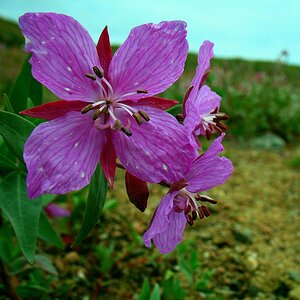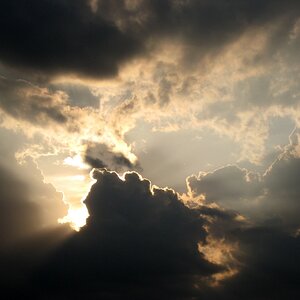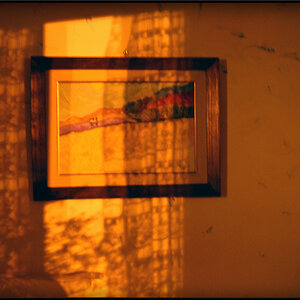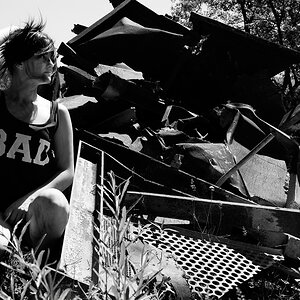Sarmad
No longer a newbie, moving up!
- Joined
- Aug 4, 2012
- Messages
- 420
- Reaction score
- 156
- Location
- Mansehra, Pakistan
- Website
- 500px.com
- Can others edit my Photos
- Photos OK to edit
I've always been shy of shooting into the sun, but now I realize that in order to get beautiful landscapes, one must learn the trick to shoot right into the sun. I don't have any good equipment, just a 600D with 18-55mm lens and I never get any attractive sun stars in my photos, I know you need to have the smallest possible aperture to get a good result but still I never am able to get any 'usable' photos. For instance, check this photo out I took some while ago.

The sun is looking ugly as anything.. I want something like this:
Sunstar Ocean And Sky Landscape Stock Photo Getty Images
David Kingham Fall Colors Colorado Aspens
http://static1.squarespace.com/stat...ee4b0d23446a6ea16/1397858288643/?format=1000w (original link: One Year With The Fujifilm X-E1 Adriel Henderson
It'd be great if you could point out what I'm doing wrong and what things I need to keep in mind to get better photos.
The sun is looking ugly as anything.. I want something like this:
Sunstar Ocean And Sky Landscape Stock Photo Getty Images
David Kingham Fall Colors Colorado Aspens
http://static1.squarespace.com/stat...ee4b0d23446a6ea16/1397858288643/?format=1000w (original link: One Year With The Fujifilm X-E1 Adriel Henderson
It'd be great if you could point out what I'm doing wrong and what things I need to keep in mind to get better photos.



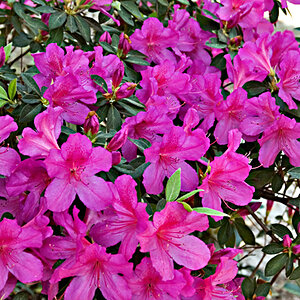
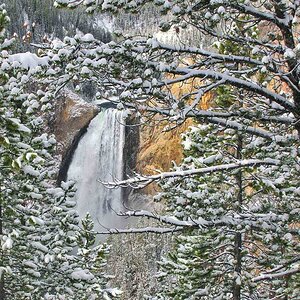
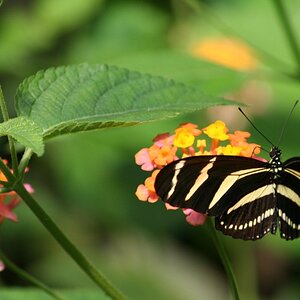
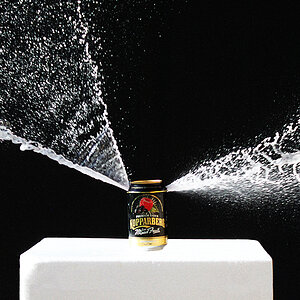
![[No title]](/data/xfmg/thumbnail/37/37091-18fa97e6ac84c47479921254caf164c3.jpg?1619737881)
